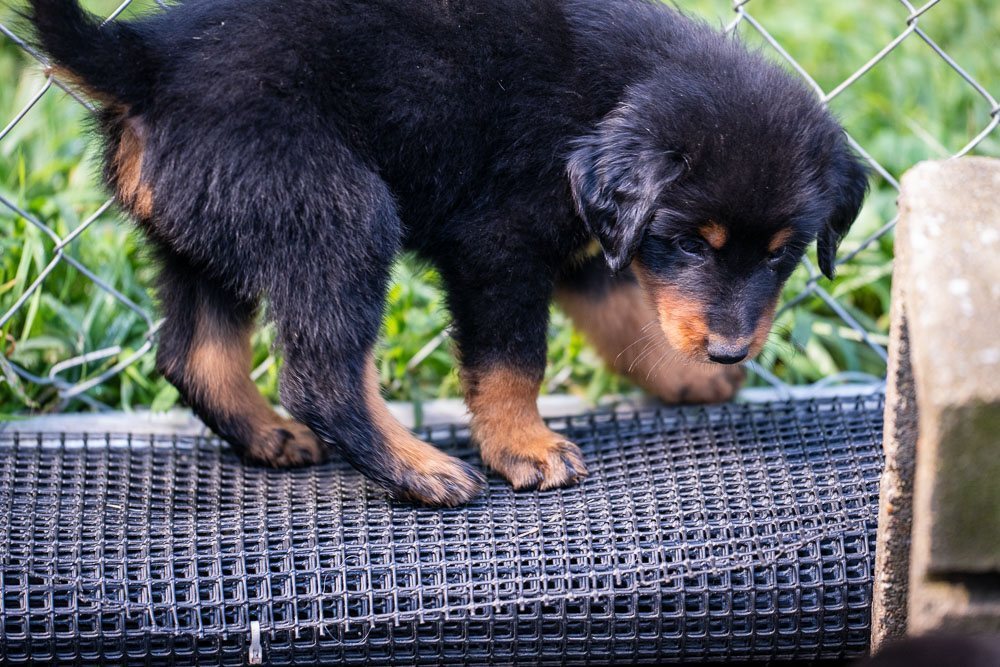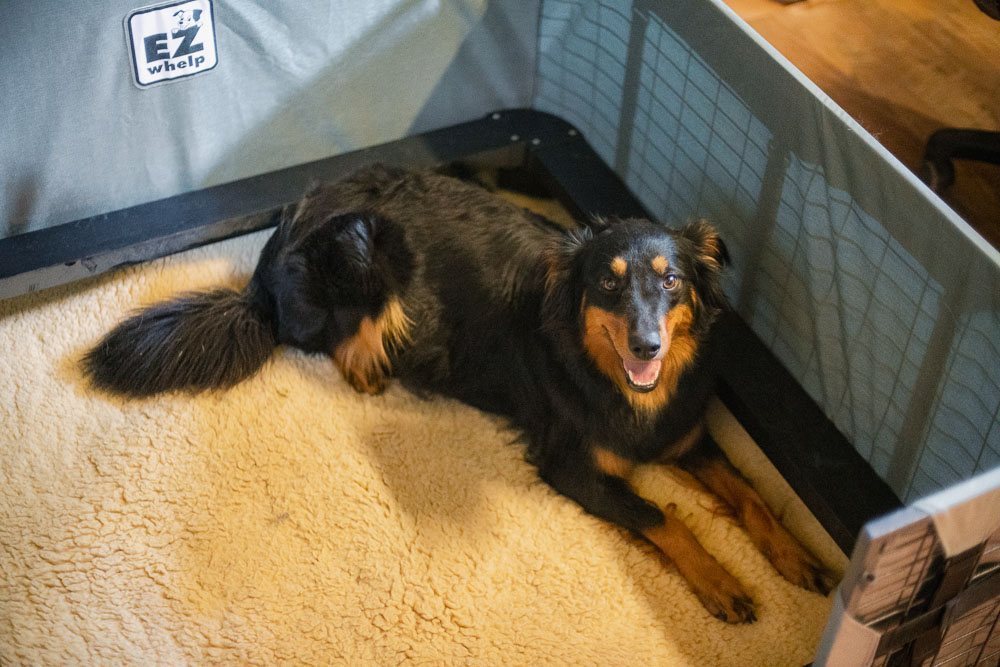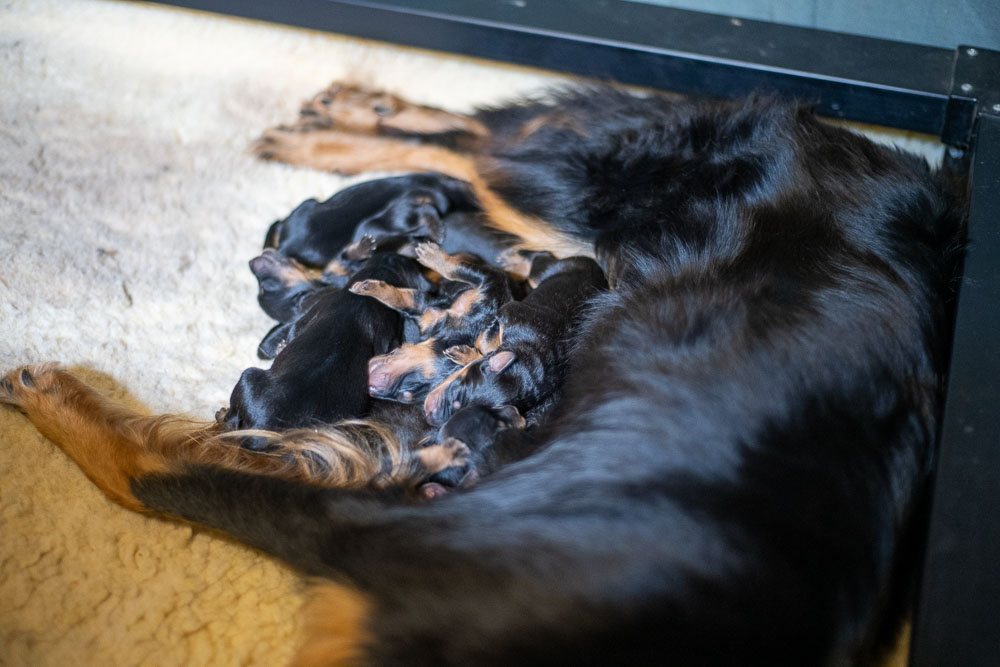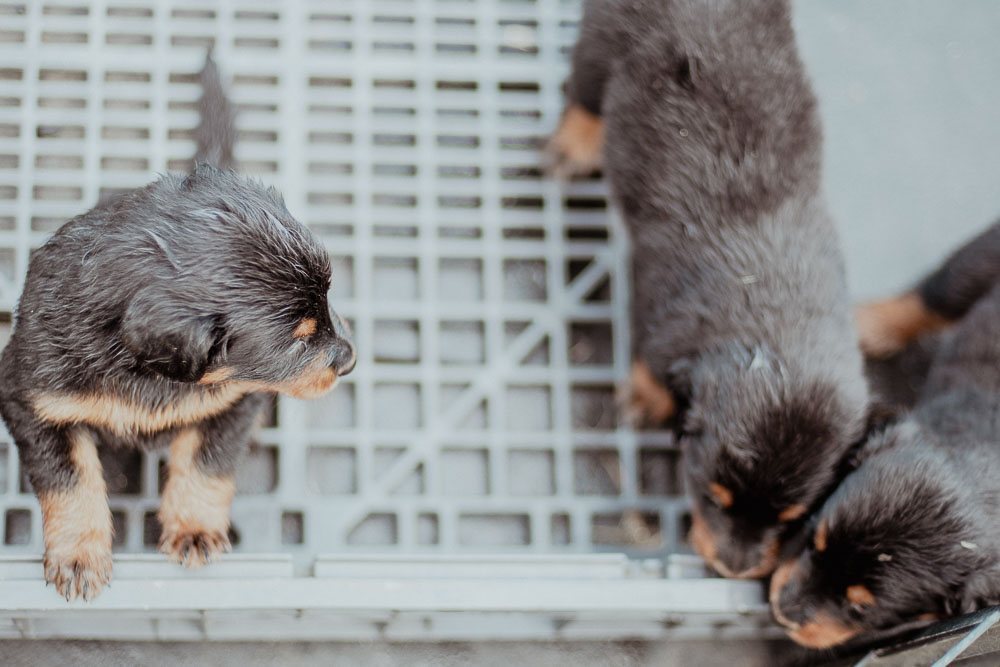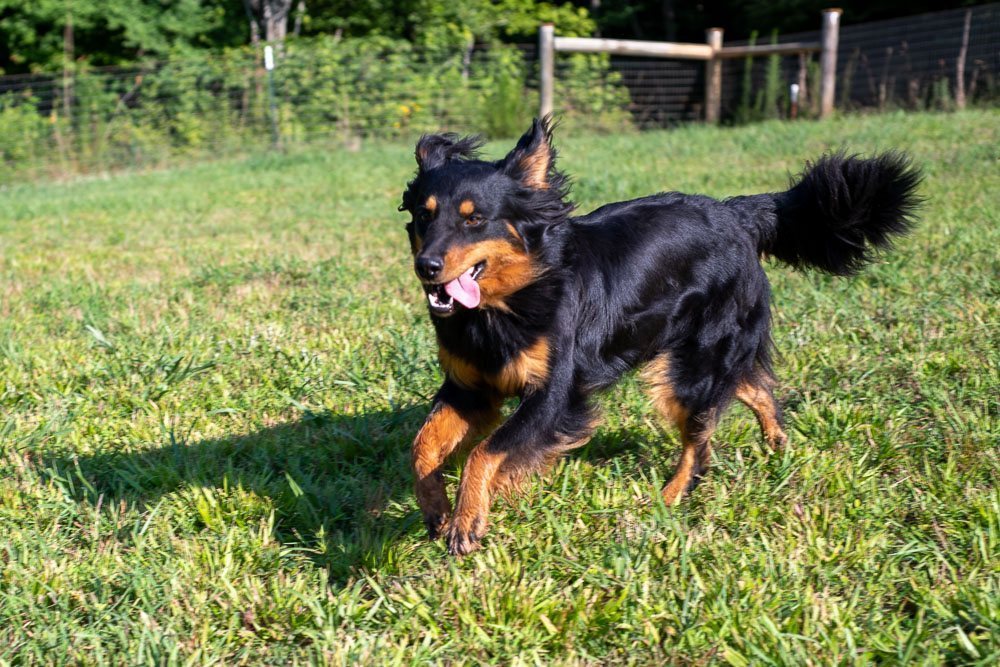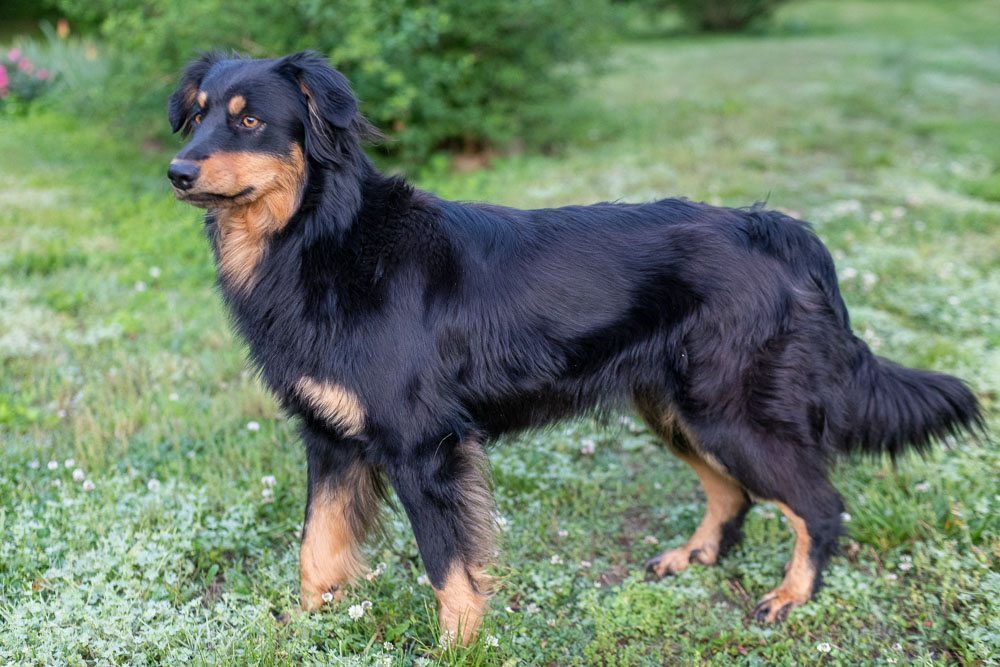The best way to lift the condition of a litter is to reward excellence in all puppies, while providing pathways of opportunity for the least advantaged ones. The least advantaged puppies will ultimately benefit most. This is the promise of litter enrichment – the notion that a rising tide raises all ships. Novice and unsophisticated dog breeders tend to simply feed the litter and hope for the best. The results are hit or miss, with some puppies turning out well while others falter. But, we know through comprehensive research and controlled studies (Scott and Fuller 1974) that we can do better. Advanced breeders are acutely aware of the critical periods of development that a puppy goes through. They leverage those critical periods by providing the right environment and socialization to benefit each individual puppy.
In this article, I will introduce you to canine ontogeny, after which I will take a closer look at the critical development periods a young dog goes through on the way to maturity. Finally, I will outline my Canine Health Enrichment and Whelping protocol (CHEW), a science-based protocol that breeders can use to whelp and raise healthy, operant puppies.
Contents
An Introduction to Canine Ontogeny
Canine ontogeny is the process by which a dog develops from a fertilized egg to an adult dog. This process involves numerous stages, each of which is essential for the dog’s physical, mental, and emotional development.
The first major stage of canine ontogeny is embryonic development, which occurs during the first few weeks of a dog’s life. During this stage, the fertilized egg divides and grows into an embryo, which eventually develops into a fetus. This is a critical stage in the dog’s development, as any environmental factors, such as poor nutrition or exposure to toxins, can have a significant impact on the dog’s health later in life.
The next major stage is the neonatal period, which begins when the puppy is born and lasts for the first two weeks of its life. During this stage, the puppy is completely dependent on its mother for food and care. The puppy’s eyes and ears are closed, and it spends most of its time sleeping and nursing.
After the neonatal period, the puppy enters the socialization period, which lasts from three to twelve weeks of age. During this stage, the puppy learns to interact with other dogs and humans and begins to develop its social skills. This is also a critical period for the puppy’s emotional development, as positive experiences during this stage can help to prevent behavioral problems later in life.
From twelve weeks to six months of age, the puppy enters the juvenile stage, during which it experiences significant physical and mental growth. The puppy’s baby teeth are replaced with adult teeth, and it begins to develop its adult coat. The puppy also learns basic obedience commands and continues to socialize with other dogs and humans.
The final stage of canine ontogeny is the adult stage, which begins at six months of age and lasts for the rest of the dog’s life. During this stage, the dog reaches its full size and physical maturity.
Critical Development Periods
Let’s take a deeper look at the critical development periods of canine ontogeny.
Neonatal Period
For the first two weeks of life, a canine neonate is unable to see, hear or thermoregulate. Primarily, the entire neonatal period is devoted to one function; obtaining nutrition by nursing. A normal mother will provide optimal care for her puppies, and attention should be concentrated on making sure that the dam is well nourished and allowed to care for her puppies undisturbed. The most that the owner needs to do is to inspect the puppies once a day for possible illness or accidents. This inspection may lead to secondary benefits. Although we have no direct evidence, experiments with other species (Levine, 1962; Denenberg, 1962) strongly indicate that young animals benefit from the stimulation of handling.
Transition Period
Evidence shows that the transition period is one of profound reorganization of behavior. The most essential change in function is from the neonatal to the adult form of nutrition. Another fundamental change is from the neonatal to the adult form of locomotion. This period starts with the opening of the eyes and ends with the appearance of the startle reaction to sound. The whole period takes less than a week, with the eyes usually opening completely at 13 days and the startle reaction usually appearing at 19.5 days (Scott and Fuller 1974). Smell and taste also begin during the transition period.
Awareness Period
For the 3 days after the transition period, puppies become fully alert and aware of their environment. Qualitative changes to brainwave patterns indicate the onset of active learning.
Socialization Period
In the period of socialization, there are two basic rules for producing a well-balanced and well-adjusted dog.
The first of these is that the ideal time to produce a close social relationship between a puppy and his handler occurs between 6 and 8 weeks of age. This is the optimal time to remove a puppy from the litter. If this is done earlier, especially at 4 weeks or before, the puppy has little opportunity to form normal social relationships with other dogs. It will form close relationships with people but may have difficulty adjusting to its own kind even in mating or caring for puppies. On the other hand, if primary socialization with people is put off to a much later period (the outside limit being about 12 weeks), the social relationships of the puppy with other dogs may be very good, but he will tend to be timid and to lack confidence with people.
The second general rule is that the young dog should be introduced, at least in a preliminary way, to the circumstances in which it will live as an adult, and this should be done before 3 or 4 months of age. The young puppy from 8 to 12 weeks is a highly malleable and adaptable animal, and this is the time to lay the foundation for its future life work (Scott and Fuller 1974).
Juvenile Period
This period begins with the first long excursion away from the den or nest box and ends at sexual maturity.
All the sense organs appear to be fully developed at the outset of the juvenile period. Permanent teeth begin to come in at about 16 weeks of age, and all are usually present by 6 months. Growth curves also begin to flatten out at 16 weeks. The period of rapid growth is over, and the puppy is approximately two-thirds of its adult size. (Scott and Fuller 1974)
The development of motor capacities in this period consists of increases in strength and skill rather than the emergence of new patterns.
Inhibition Period
From 18 to 24 months of age, puppies go through young adulthood. They begin to look like an adult, but still lack the judgment and physiology to make good choices. Impulse control may be lacking, and high-risk behaviors may surface. Towards the end of this period, domesticated dogs go through an important tollgate as they begin to develop inhibition. At 2 years of age, most working dogs are capable of professional capacity.
Now, let’s take what we know about canine ontogeny and examine the Canine Health Enrichment and Whelping Protocol.
Introducing the CHEW Protocol
As I’ve previously stated, canine ontogeny is a complex process that involves numerous stages, each of which is essential for the dog’s physical, mental, and emotional development. By understanding these stages, dog owners and breeders can provide their dogs with the proper care and training needed for them to reach their full potential as healthy and happy members of the family. Dr. John Paul Scott and John Fuller are credited with the most comprehensive study of dog behavior ever published. In my opinion, anyone who breeds dogs should become familiar with their research.[1]Scott, J.P., and John L. Fuller. 1974. Genetics and the Social Behaviour of the Dog. A Phoenix Book, P570. University of Chicago Press. http://esbt.us/2y. The CHEW protocol incorporates the research of Scott and Fuller, and incorporates best practices in health and operant conditioning.
Remember, it is important at all ages to provide adequate nutrition and to prevent disease. Beyond these requirements, ideal care varies from period to period, and designing a good environment for the development of a puppy depends upon knowledge of the critical periods of development. The red-colored nodes below labeled “Critical Period” will help you to understand period-specific requirements for care. The blue-colored nodes are part of a recommended medical health protocol. And the green nodes are procedural tasks necessary to facilitate the entire process.

CHEW is public domain, meaning you are free to use, distribute and modify the protocol along with proper attribution to our original work.

This work (A Canine Health Enrichment and Whelping Protocol, by the Old-fashioned Black & Tan English Shepherd Association) is free of known copyright restrictions.
References
| ↑1 | Scott, J.P., and John L. Fuller. 1974. Genetics and the Social Behaviour of the Dog. A Phoenix Book, P570. University of Chicago Press. http://esbt.us/2y. |
|---|
